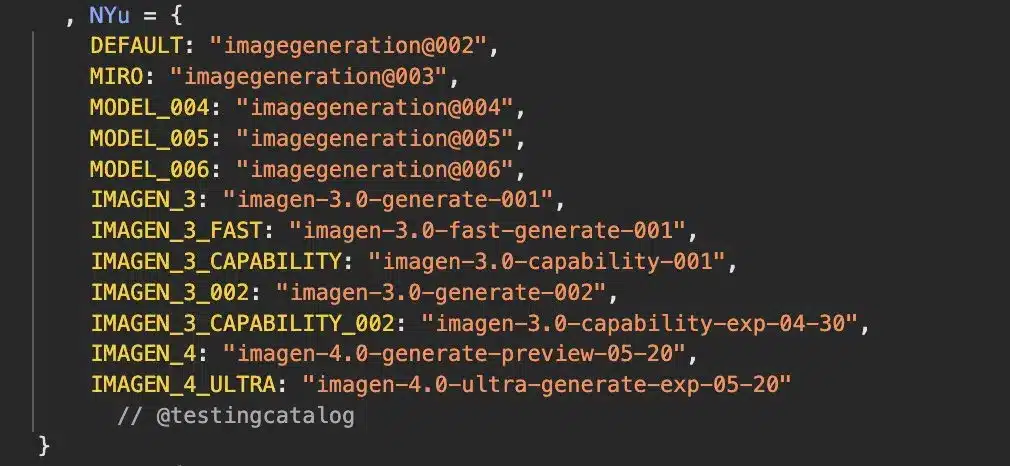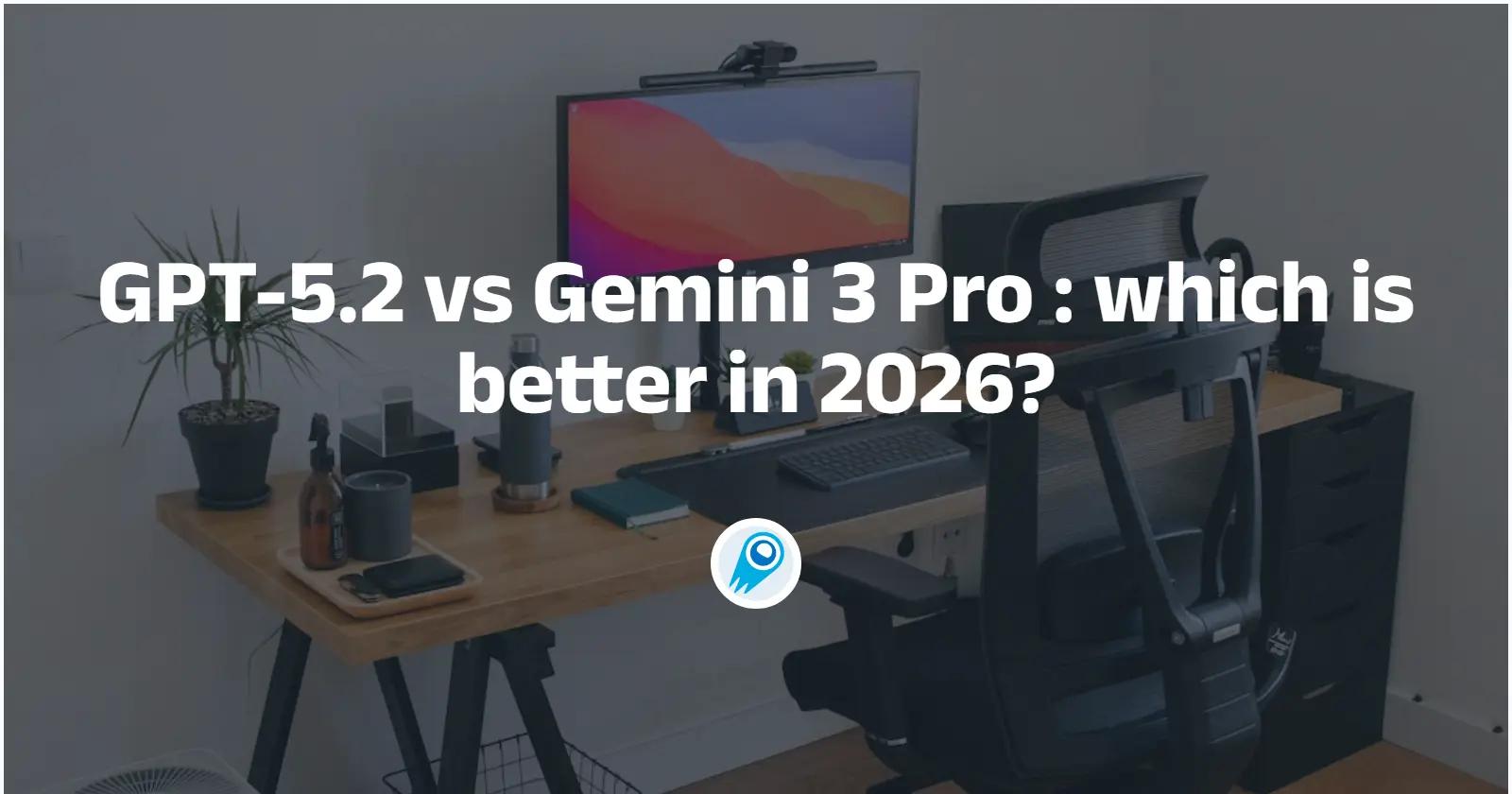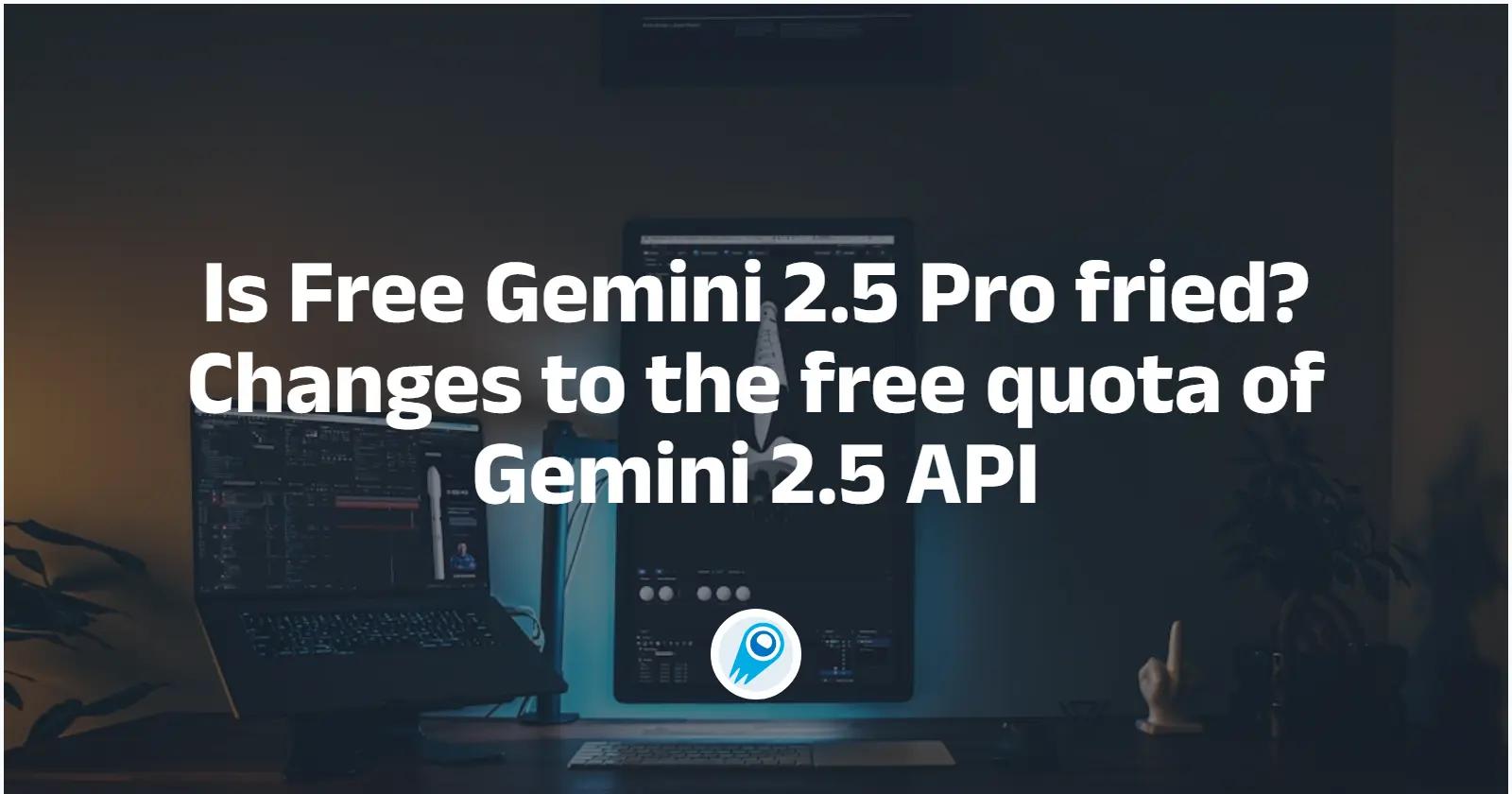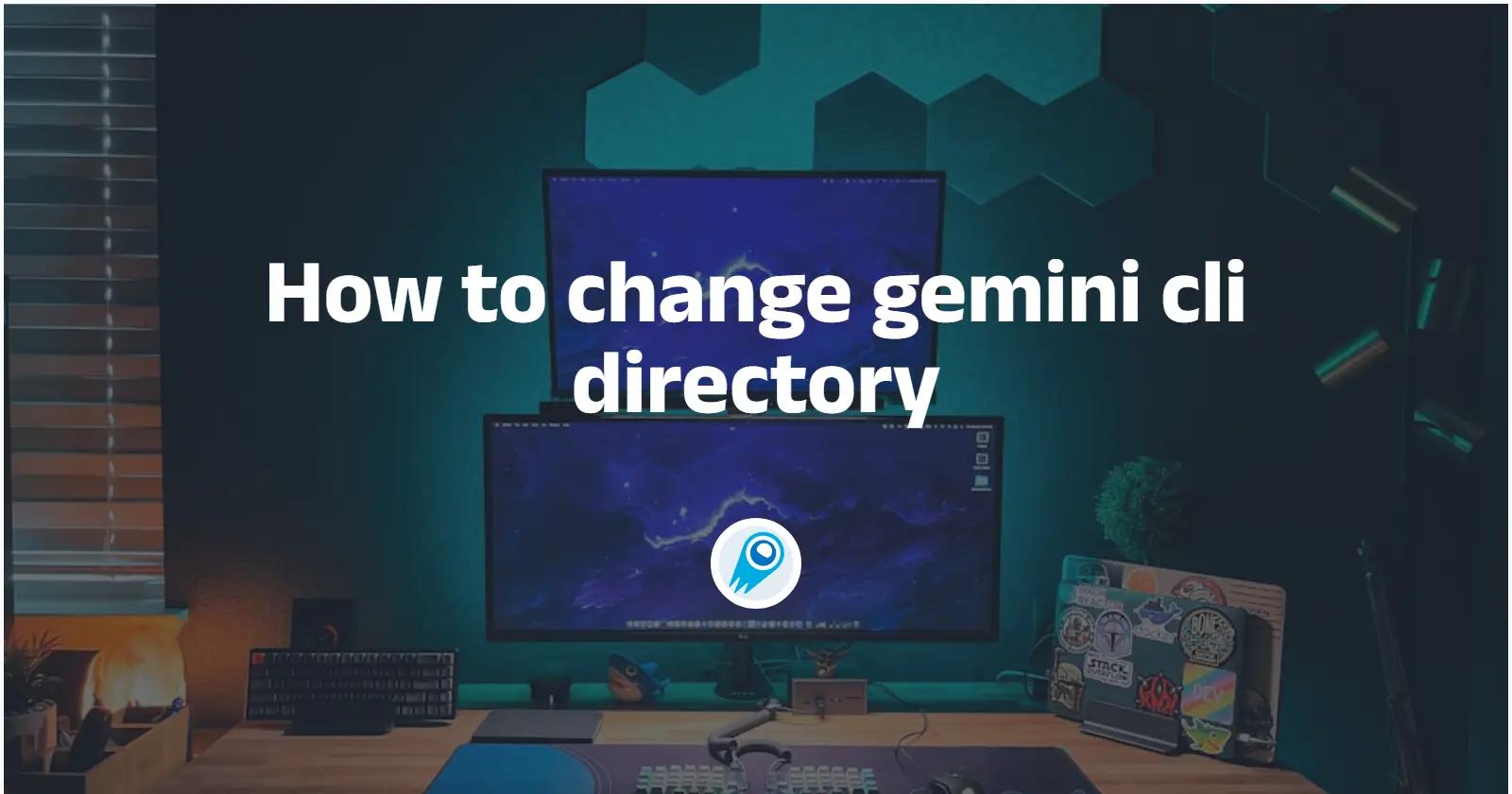Google I/O 2025 marked a definitive shift toward AI-driven experiences across Google’s ecosystem, unveiling major updates to its flagship AI model Gemini, enhancements to developer tooling, and the introduction of AI-centric features in Search, Workspace, and Chrome. Key innovations included Gemini Live for multimodal assistance, AI Mode in Search for conversational interactions, and Google Beam for 3D video calls, alongside new tools like Jules for AI-assisted coding and Imagen 4 for high-fidelity image generation. On the hardware front, the Android XR platform signaled Google’s renewed investment in smart glasses, while Android 16 and Pixel Fold previews hinted at deeper system-wide AI integration. To support these advancements, Google introduced tiered AI subscription plans—AI Pro at $20/month and AI Ultra at $250/month—underscoring its move to monetize premium AI services . Finally, Google spotlighted its commitment to social good with AI-powered wildfire detection via Fire Sat and drone-based disaster relief trials through Wing .
AI and Gemini Evolution
Gemini 2.5 and Beyond
Google’s next‑generation AI assistant, Gemini, advanced to version 2.5 with significant improvements in reasoning (model name: gemini-2.5-flash-preview-05-20), multimodal understanding, and latency.
The Flash Preview of Gemini 2.5 offers developers faster response times on coding and complex tasks. Thought Summaries and upcoming “thinking budgets” provide transparency and cost controls over model inferences.
In the consumer sphere, Gemini Live fuses camera, voice, and web data to execute contextual tasks in real time. This enables instantaneous translation or object identification through a phone’s camera feed.
Project Astra and Mariner
Project Astra aims to create a universal AI interface capable of understanding visual cues and responding directly to on-screen interactions, moving beyond text or voice prompts. Meanwhile, Project Mariner automates routine workflows—such as booking appointments and online shopping—leveraging AI to handle multi-step tasks autonomously .
Developer-Centric Tools
Jules and Imagen 4
For developers, Jules was introduced as an AI-driven coding assistant tightly integrated into Android Studio, offering context-aware code suggestions and automated refactoring. Imagen 4, the latest iteration of Google’s image generation model, delivers unprecedented detail and style control, catering to artists and UI designers alike.
Flow and Veo 3
Google showcased Flow and Veo 3, AI-powered video creation tools that transform text prompts or storyboards into high-quality animations, and Stitch, which generates responsive UI mockups from simple sketches . These tools underscore Google’s push to democratize creative content production through AI .

Search, Workspace, and Chrome
AI Mode in Search
The revamped AI Mode for Google Search presents answers in a conversational format, sourcing information dynamically across web content and personal data (e.g., emails, calendar entries) to deliver personalized responses . Experimental AR shopping features in Search were also previewed, allowing users to virtually try on products before purchase.
Workspace Enhancements
Gmail introduced Personalized Smart Replies that mimic each user’s writing style, while Meet now offers live translation in over 20 languages, powered by on-device AI for reduced latency and enhanced privacy . Google Docs and Sheets will soon integrate generative AI helpers for drafting content and automating data analysis tasks .
Hardware Innovations
Android XR Smart Glasses
Under the Android XR banner, Google demonstrated partnerships with Gentle Monster and Warby Parker to launch next‑generation smart glasses featuring AR navigation, contextual notifications, and real‑time translation overlays. The platform’s SDK is now available for developers to build immersive experiences .
Pixel Fold and Android 16 Preview
A developer preview of Android 16 showcased new AI-first system APIs, including ambient contextual prompts and system‑wide generative wallpapers. Google also teased the upcoming Pixel Fold, emphasizing seamless AI integration for photography and multitasking .
Subscription Plans and Pricing
Google announced a tiered subscription model for advanced AI services:
- AI Pro at $20/month, offering expanded Gemini usage limits and priority access to new features.
- AI Ultra at $250/month, which includes dedicated GPU resources and enterprise-grade SLAs for mission-critical applications.
This strategy reflects Google’s shift toward monetizing premium AI capabilities while maintaining free tiers for broad adoption.
Google I/O 2025 demonstrated Google’s laser focus on embedding AI across its platforms, balancing groundbreaking developer tools, consumer features, and social impact initiatives. As these technologies roll out over the coming months, they promise to redefine how users interact with information, creativity, and devices in an AI-first world.
Getting Started
CometAPI provides a unified REST interface that aggregates hundreds of AI models—including Gemini family—under a consistent endpoint, with built-in API-key management, usage quotas, and billing dashboards. Instead of juggling multiple vendor URLs and credentials.
Developers can access [Gemini 2.5 Flash Pre API](https://www.cometapi.com/gpt-image-1-api/) (latest model: gemini-2.5-flash-preview-05-20) and Gemini 2.5 Pro API etc through CometAPI. To begin, explore the model’s capabilities in the Playground and consult the API guide for detailed instructions. Note that some developers may need to verify their organization before using the model.



